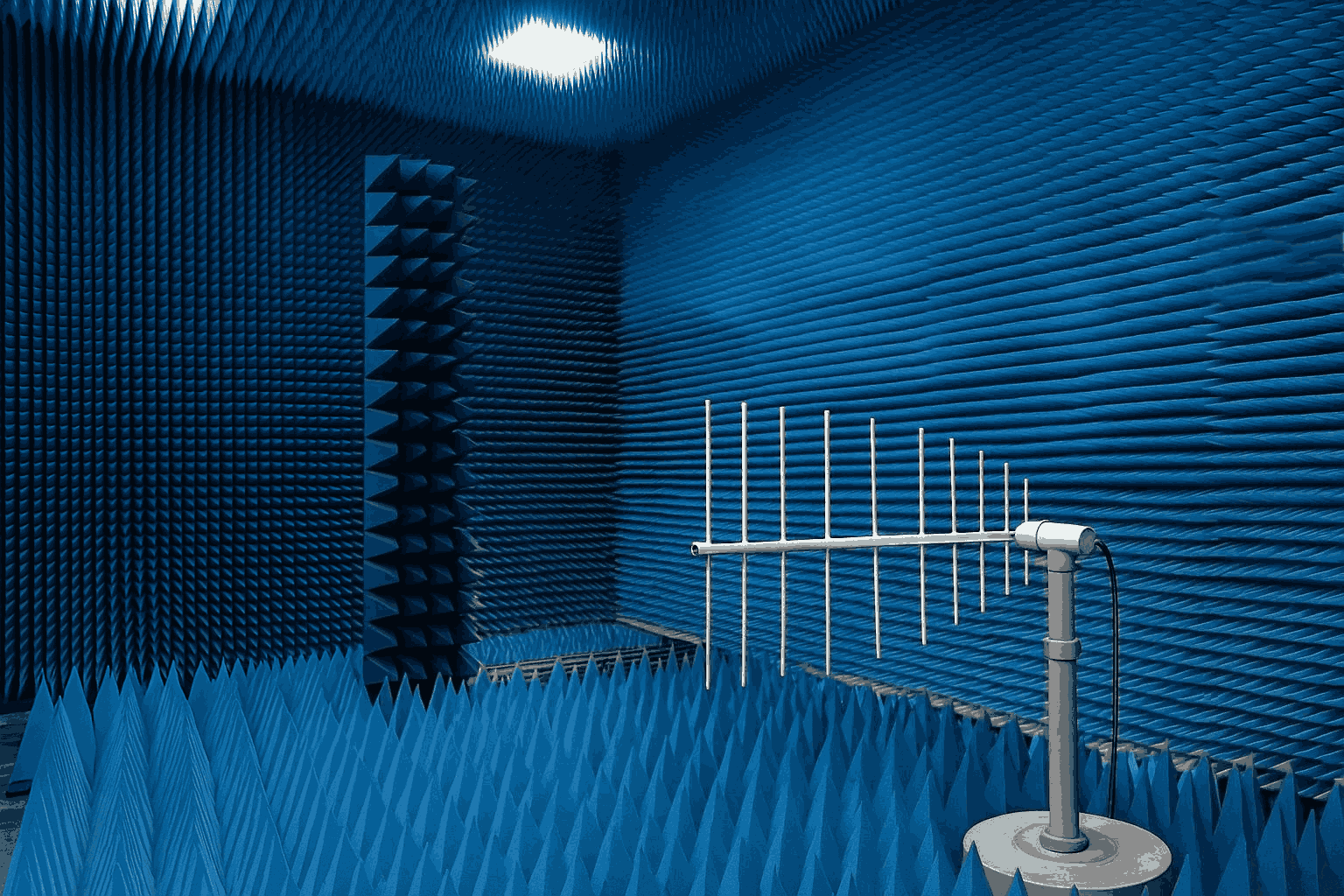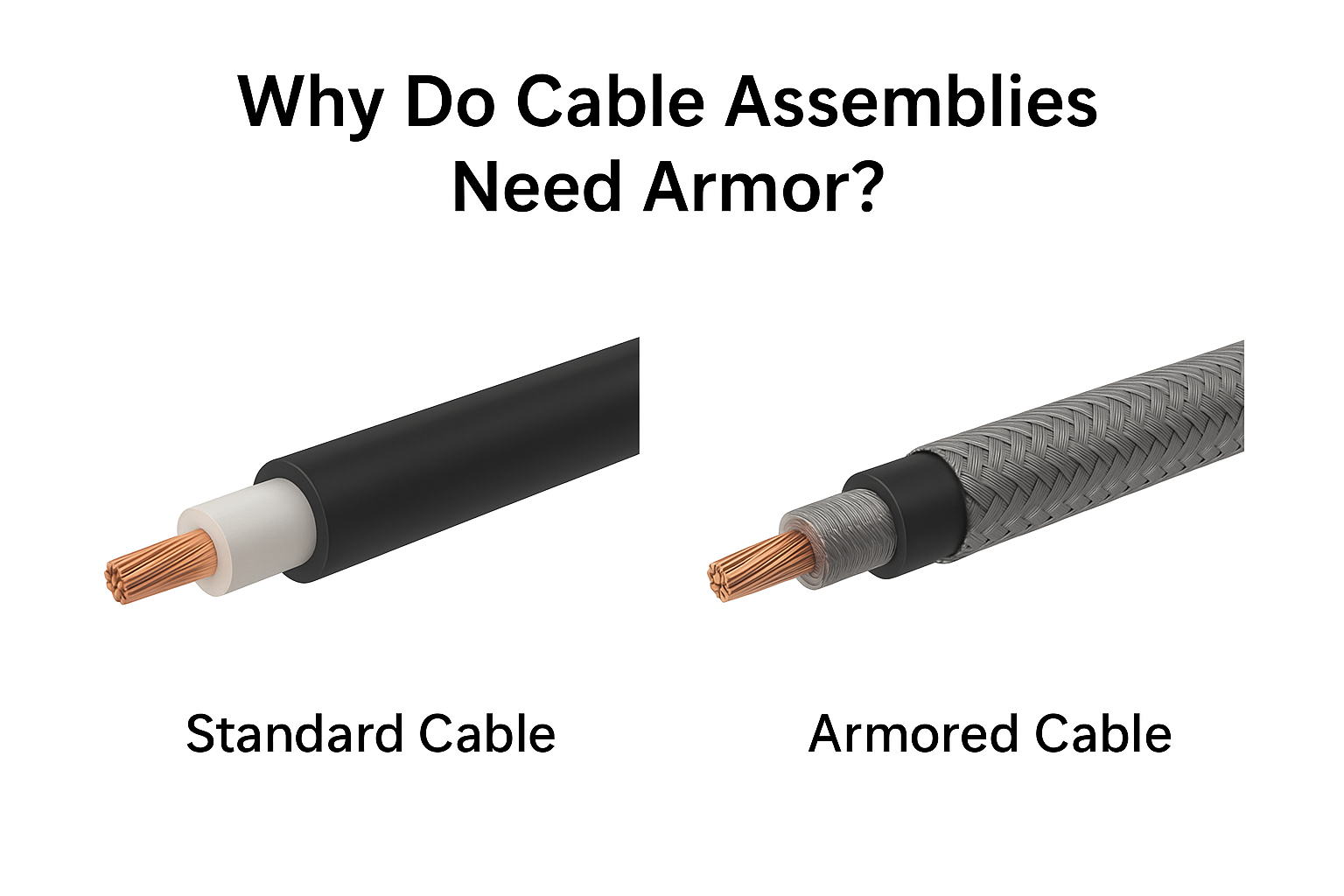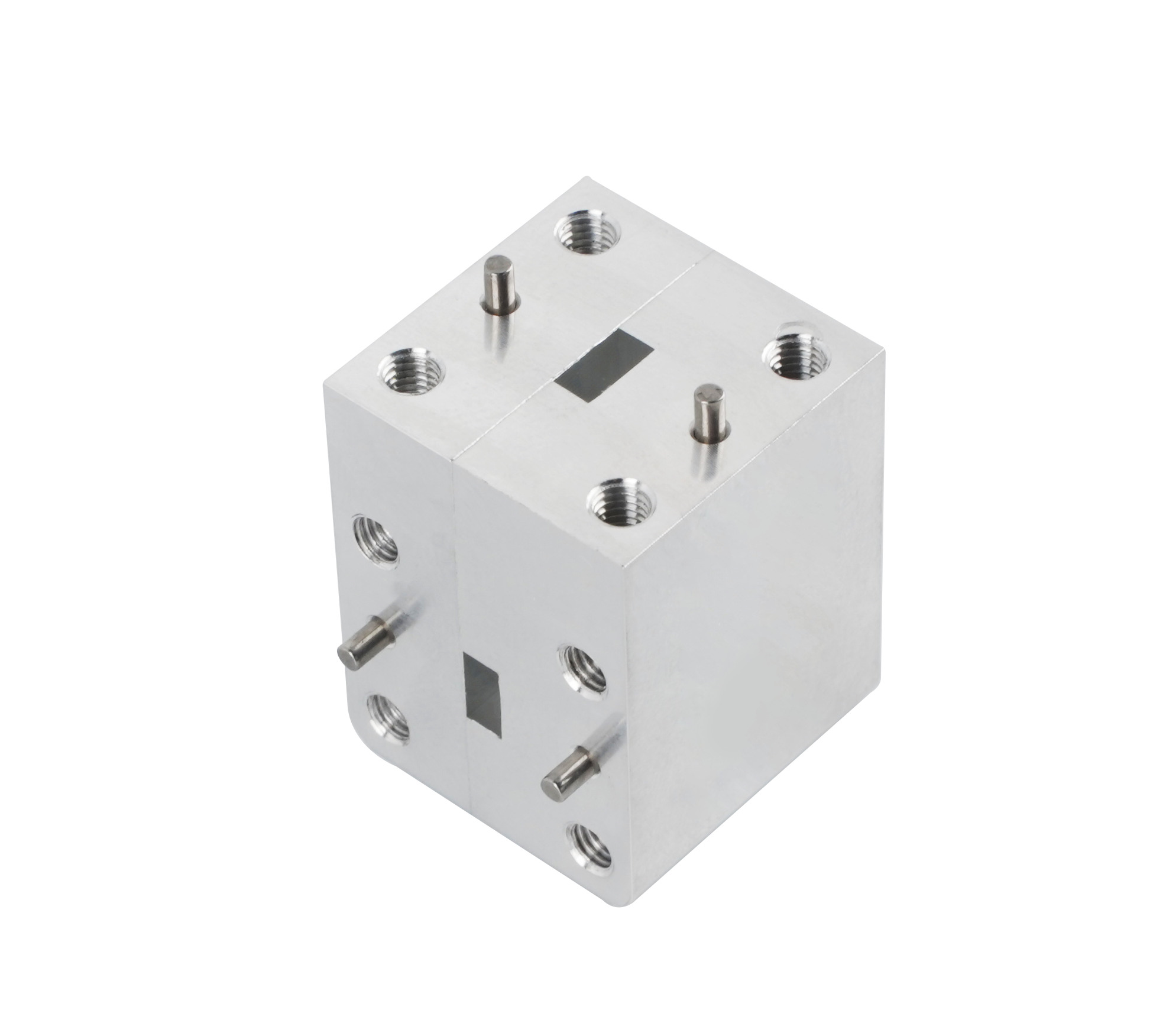What is a Standard Gain Horn Antenna?
A Standard Gain Horn Antenna is one of the most widely used reference antennas in RF and microwave engineering. Known for its simple geometry and predictable performance, it provides a stable, repeatable gain value across a defined frequency band. Engineers and researchers often rely on standard gain horns for calibration, measurement, and system validation.
Structurally, a standard gain horn is a flared waveguide that efficiently transitions electromagnetic energy into free space. Unlike many other antenna types, its gain characteristics are precisely defined and traceable, which makes it a trusted tool in laboratories, testing facilities, and field applications.
Key Features and Advantages:
-
Accurate Gain Reference – Each horn is designed to provide a well-documented gain value, essential for antenna calibration and comparison.
-
Broad Frequency Coverage – Standard gain horns are available in frequency ranges from a few GHz up to millimeter-wave bands.
-
Low VSWR and Stable Patterns – They offer excellent impedance matching and consistent radiation patterns.
-
Applications – Commonly used in antenna calibration, EMC testing, radar cross-section measurements, and wireless system validation.
At AO Microwave, we supply a wide range of Standard Gain Horn Antennas covering frequencies from 1GHz up to 110GHz. Our designs ensure precision, mechanical stability, and long-term reliability. We also provide customized horn solutions tailored to specific bandwidths, polarization, and connector/flange requirements—meeting the needs of aerospace, defense, telecommunication, and research institutions.
Whether you are conducting laboratory measurements or integrating antennas into demanding systems, a Standard Gain Horn Antenna remains the gold standard for accuracy and reliability.
 What Is the Purpose of a Microwave Anechoic Chamber?
What Is the Purpose of a Microwave Anechoic Chamber?
 Why Do Cable Assemblies Need Armour?
Why Do Cable Assemblies Need Armour?
 What is a Standard Gain Horn Antenna?
What is a Standard Gain Horn Antenna?
 Circulators vs. Isolators: Understanding the Relationship and Key Differences
Circulators vs. Isolators: Understanding the Relationship and Key Differences

